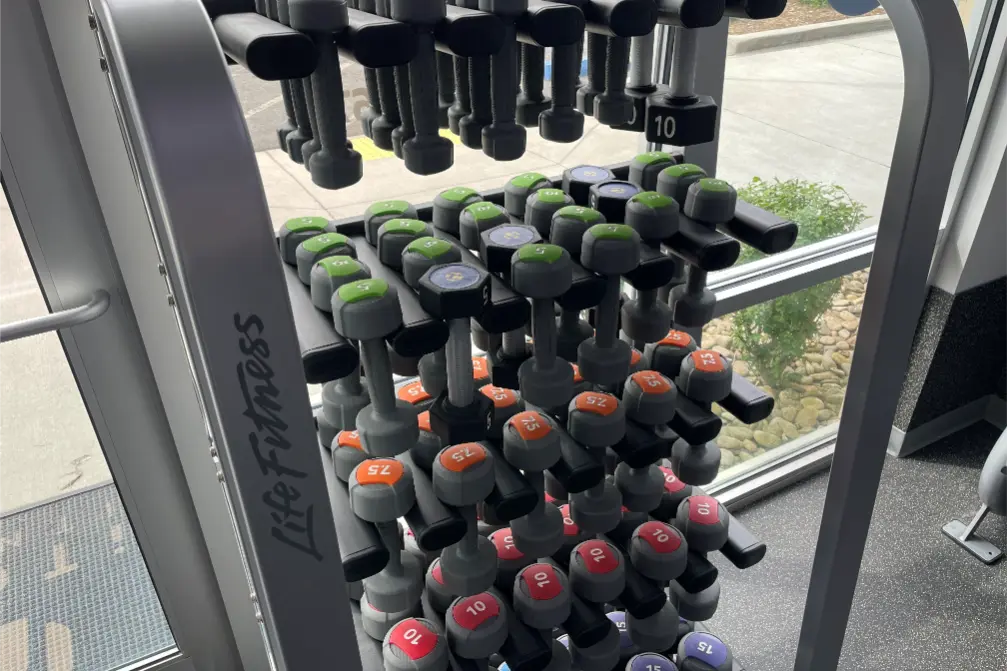When embarking on a fitness journey, one of the fundamental decisions you’ll need to make is the type of exercise that best suits your goals, lifestyle, and body. Two popular methods that often come up in fitness discussions are calisthenics and weight training. Each offers unique benefits and challenges, making them suitable for different fitness aspirations and personal preferences. This article dives deep into both approaches, comparing their effectiveness for long-term fitness, and helps you decide which might be the better choice for you.
An overview of calisthenics
This form of exercise is as ancient as human movement itself, yet it remains highly relevant in today’s fitness culture due to its simplicity and the minimal equipment required. It’s not just about push-ups and pull-ups; calisthenics can be adapted to challenge every muscle group and can be scaled to fit beginners and advanced athletes alike.
An overview of weight training
Weight training it’s a highly effective method for building muscle mass and strength. Unlike calisthenics, weight training requires access to equipment, which can sometimes be a barrier. However, the precise control over the amount of weight and the ability to target specific muscle groups make it a staple in both amateur and professional sports training regimens.
How calisthenics supports fitness components
Calisthenics is a dynamic and adaptable exercise method that effectively enhances all key fitness components:
- Strength: By utilizing bodyweight, calisthenics exercises like push-ups, pull-ups, and squats build muscular strength across multiple muscle groups. The resistance is naturally adjusted by changing body positions, making it suitable for all fitness levels.
- Flexibility: Calisthenics incorporates a variety of movements that stretch and strengthen the muscles simultaneously. Exercises such as lunges and jumps improve the range of motion and flexibility, particularly in the hips, back, and shoulders.
- Endurance: Many calisthenics routines are performed in circuits or with high repetitions, which greatly enhances cardiovascular and muscular endurance. The continuous movement with minimal rest between exercises keeps the heart rate elevated, promoting stamina and fat burning.
How weights support fitness components
Weight training is renowned for its efficiency and specificity in enhancing various aspects of physical fitness:
- Strength: The primary benefit of using weights is the ability to precisely control the amount of resistance, allowing for targeted muscle growth and strength enhancement. Isolated exercises like bicep curls and bench presses focus on specific muscle groups, leading to quicker and more pronounced gains.
- Flexibility: While not directly associated with flexibility, weight training can be combined with stretching exercises to enhance joint flexibility. Performing full-range movements with weights can also improve overall mobility.
- Endurance: Weight training increases muscular endurance, particularly when using lighter weights with higher repetitions. This approach not only builds muscle but also improves the muscle’s ability to perform over extended periods, which is beneficial for both athletic performance and daily activities.
Pros and Cons of Calisthenics
Calisthenics, while versatile and accessible, comes with its own set of advantages and drawbacks that should be considered:
Pros
- Cost-effective: With no need for a gym membership or expensive equipment, calisthenics is highly affordable.
- Versatility: Exercises can be performed anywhere, from parks to living rooms, making it ideal for those with busy lifestyles or limited access to gym facilities.
- Whole-body fitness: Calisthenics involves compound movements that engage multiple muscle groups, promoting overall body strength, flexibility, and coordination.
- Safety: The risk of injury is generally lower as it involves natural body movements and reduced external load.
Cons
- Progression limitations: Once proficient, increasing the difficulty of exercises can be challenging without adding weights or resistance bands.
- Skill plateaus: Advanced calisthenics movements require significant skill, which might take a long time to develop, potentially leading to motivation dips.
- Imbalanced muscle development: Some muscle groups can be harder to target effectively with calisthenics alone.
Pros and Cons of Weight Training
Weight training is a highly effective method for building strength and size but also comes with considerations that need to be managed:
Pros
- Targeted muscle development: Allows for focused exercises on specific muscle groups, leading to more defined muscle gains and symmetry.
- Scalable intensity: Weights can be adjusted to precisely control the level of challenge, making progress measurable and consistent.
- Increased metabolic rate: Building muscle through weight training helps increase the resting metabolic rate, aiding in weight management.
- Variety of equipment: The range of machines and weights available can make workouts more diverse and engaging.
Cons
- Cost: Requires a gym membership or investment in equipment, which can be significant.
- Accessibility: Typically needs access to specialized equipment and space, limiting where and when you can train.
- Higher injury risk: Incorrect form or excessive weights can lead to injuries, and the heavier the weight, the higher the risk. For that reason, it is best to consult a personal trainer if you’re a beginner. If you’re looking for a personal trainer in Morganton, make sure to visit HiTone Fitness.
- Need for technique: Proper form is crucial, often requiring guidance or training to ensure effectiveness and prevent injury.
Final thoughts
Choosing between calisthenics and weight training depends largely on your personal fitness goals, preferences, lifestyle, and access to resources. Calisthenics offers a flexible, low-cost option that enhances overall body fitness and is ideal for those seeking a safe, versatile workout method with minimal equipment. Weight training, on the other hand, is unmatched in its ability to sculpt, strengthen, and build muscle precisely and quickly, though it comes at a higher financial cost and risk of injury. You can do both at HiTone Fitness Morganton. And if you’re just entering the fitness lifestyle, check out these fitness center trends in North Carolina.





